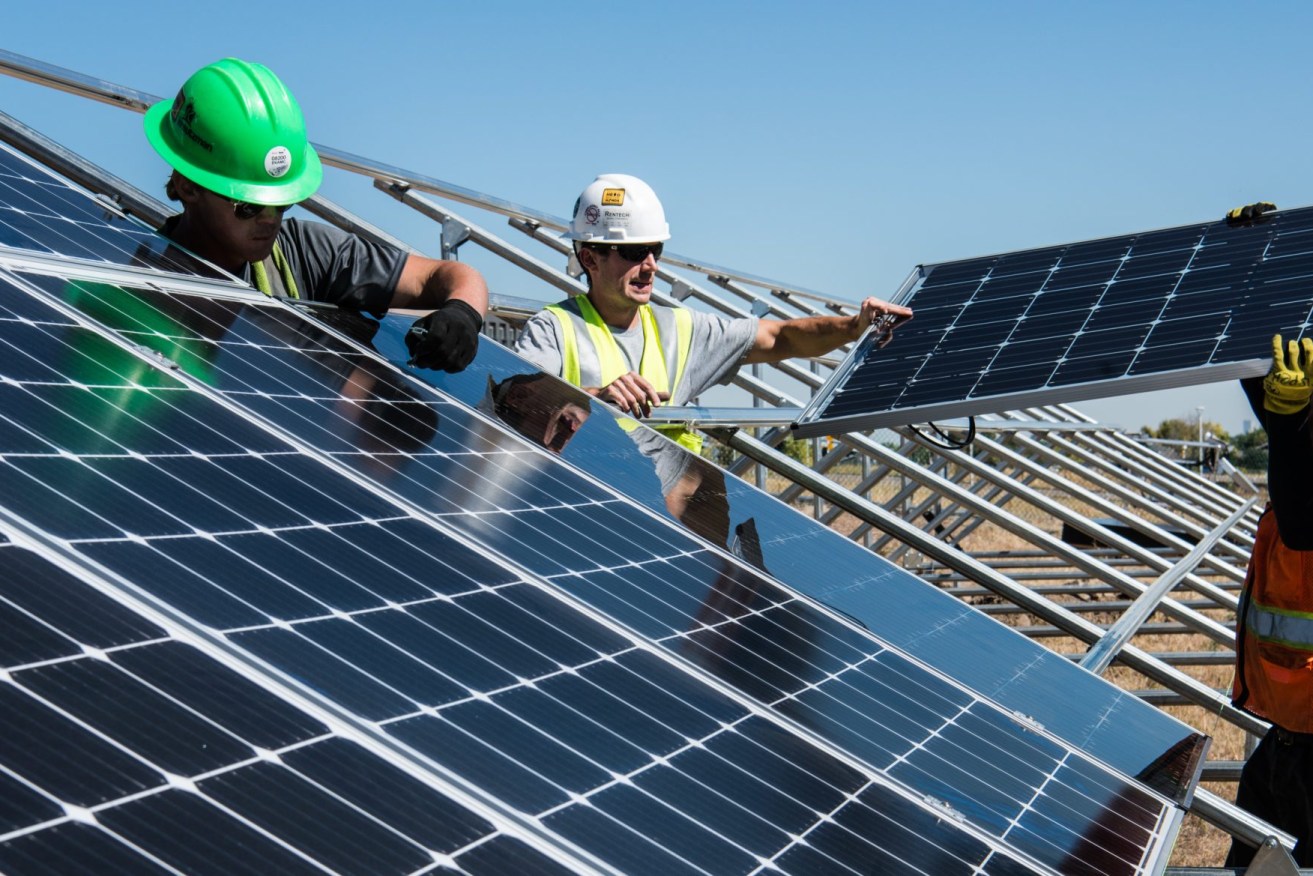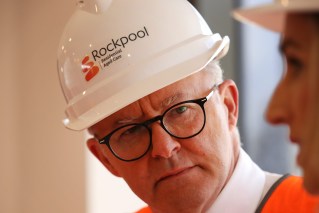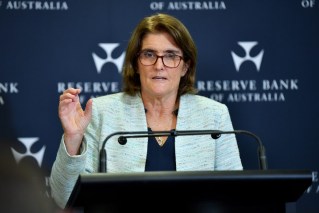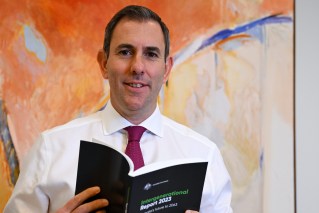How Queensland will need billions to make the transition to renewable energy
The State Government is formulating a 10-year energy plan that will include how it intends to develop another 3500 megawatts of renewable energy worth billions of dollars.


Queensland's is in danger of missing its target of 50 per cent renewables by 2030, a report has found (Photo: Unsplash)
The transition to renewables is underway at a frantic pace, much faster than most anticipated and is doing so without any policy direction from the Federal Government.
But it’s fair to say the public isn’t aware of the vast scale of change that is ahead or how much it will cost them. A recent report by BHP claimed society was not yet at a point to make the sacrifices needed to reach the targets needed.
Here in Queensland, the bill will be massive. Coal fired power stations owned by the Government are increasingly priced out of the market by renewables and one day will become redundant, yet the state has to keep them running, even if it’s at a loss, until the transition takes place.
A new coal fired station seems a remote prospect despite the Federal Government push for an additional facility at Collinsville.
Energy, Renewables and Hydrogen Minister Mick de Brenni said the Government could not open a new coal-fired power station without determining which other one to close.
“It is a fact of the market,’’ he said.
About $10 billion has so far been invested in Queensland’s push for a renewable energy target of 50 per cent by 2030, but the state has got less than half the way (20 per cent).
On that basis, another $15 billion would be needed by 2030, but costs have fallen considerably since then. An as-yet undefined chunk of that money will come from taxpayers.
Some estimates have the cost of developing solar at $1 million per megawatt, or $3.5 billion for the Government’s 3500Mw plan, but it’s still far cheaper to generate solar energy compared with coal.
What the public-private mix would be has not been revealed.
However, the State Government is determined to maintain an element of control of generation so it will be putting a sizeable amount of taxpayers’ money into the mix and has a ready rationale for it, built on several elections where the anti-privatisation stance was successful.
“All infrastructure in Australia is ultimately paid for by citizens and consumers, however what is important is ensuring the continued control of the energy system resides with the Queensland public rather than overseas shareholders,” de Brenni said.
But those figures are based on 50 per cent of current generation. The minister said there were estimates that the Queensland economy would require around three times the amount of energy by around 2030 to decarbonise existing industries and continue to grow our economy.
The huge costs this will entail has to be offset against the cost of not doing anything and letting the evolving economics of climate change tear shreds off the state.
Adding to the climbing bill is the additional costs of batteries to firm up renewables. They’re not cheap.
South Australia’s “big battery’’ cost about $90 million initially, but then expanded at a cost of another $80 million, but has been a success and has been estimated to have saved the state millions of dollars.
There is also huge corporate interest in getting on board the renewables shift and there will need to be.
“If all vehicles in Queensland stopped consuming petrol and diesel and they were all charged at one time there is an expectation that that would require 20 gigawatt hours of electricity,’’ de Brenni said.
That alone would require the doubling of Queensland’ current energy output.
“And so one would imagine if we had a demand at any particular time for 60 gigawatts of electricity and you wanted half of that to come from renewable energy then you would need a capacity in storage of 30 gigawatts.’’
To spark investment and growth in clean energy the Government has a $2 billion fund for hydrogen and renewables projects, but it won’t be pinned down on whether those investments will be in profitable ventures or what return, if any, the taxpayers would receive, only that they would have commercial value.
There are no transparent rules around how the funds would be distributed or key performance hurdles.
“Our investments will demonstrate commercial value – the cost of the power they generate must be lower than it can be sold for but other factors including local benefits including local jobs and supply chain opportunities for Queensland businesses will be important criteria as well,’’ de Brenni said.
He told a recent estimates hearing that the expected rates of returns would depend upon the prices being secured in the market and that varied dramatically.
But the GOCs that run the coal fired generators are bleeding cash and earlier this year $1 billion was wiped off the value of the existing coal fired generators owned by the Government.
The Queensland Audit Office also reported lower electricity prices resulted in combined net losses of $367 million for the generators, mainly because electricity prices had been slashed because of renewables.
Transmission, distribution, and retail entities all reported net profits, but they were 26 per cent lower than the previous year.
The generators have been cash cows for the Government but in this year’s Budget the Government said the days of dividends from the GOCs were coming to an end.











